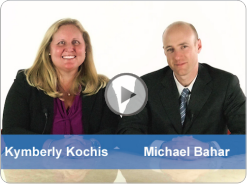Road Trip with a Tesla – Day 2: Changing Lanes
2:47, P.M. Richland, Utah. We are about 1/5 the way across the country. It’s a big place! Automated features do decrease driver fatigue but using new technology and of course driving in new territories add to the effort.
A couple observations about some automated features…
When the driver puts the turn signal on for change lanes, the vehicle evaluates the risks. If it senses a safe lane change, it changes lanes. This differs from the learned driver behavior which is to look, signal, look again especially by turning ones head to look through what is otherwise a blind spot, and then beginning a gradual lane change. With this automated technology, initiating the turn signal begins the turn and the steering wheel moves. It’s a different sequence and it takes some adjustment. The lane change itself is more of a sudden change, which assuming the lane is clear, is probably safer, but it’s seems very jerky in the steering wheel.
Along the same lines, if you use the turn signal to change lanes, but there is a vehicle in the adjacent lane, your vehicle will automatically change lanes after reaching the appropriate distance from the other vehicle. It seems sudden and somewhat spontaneous as you drive and I am guessing it seems very sudden to the vehicle you are overtaking.
Neither of these seem dangerous but it does take some getting used to.
Mike Nelson is embarking on a cross-country road trip from Orange County, California to New York City in a Tesla 90D Model S. The Model S is equipped with autopilot and electric all-wheel drive. Mike will share his experiences on the road with autonomous technology with Up to Speed readers in a series of posts.




